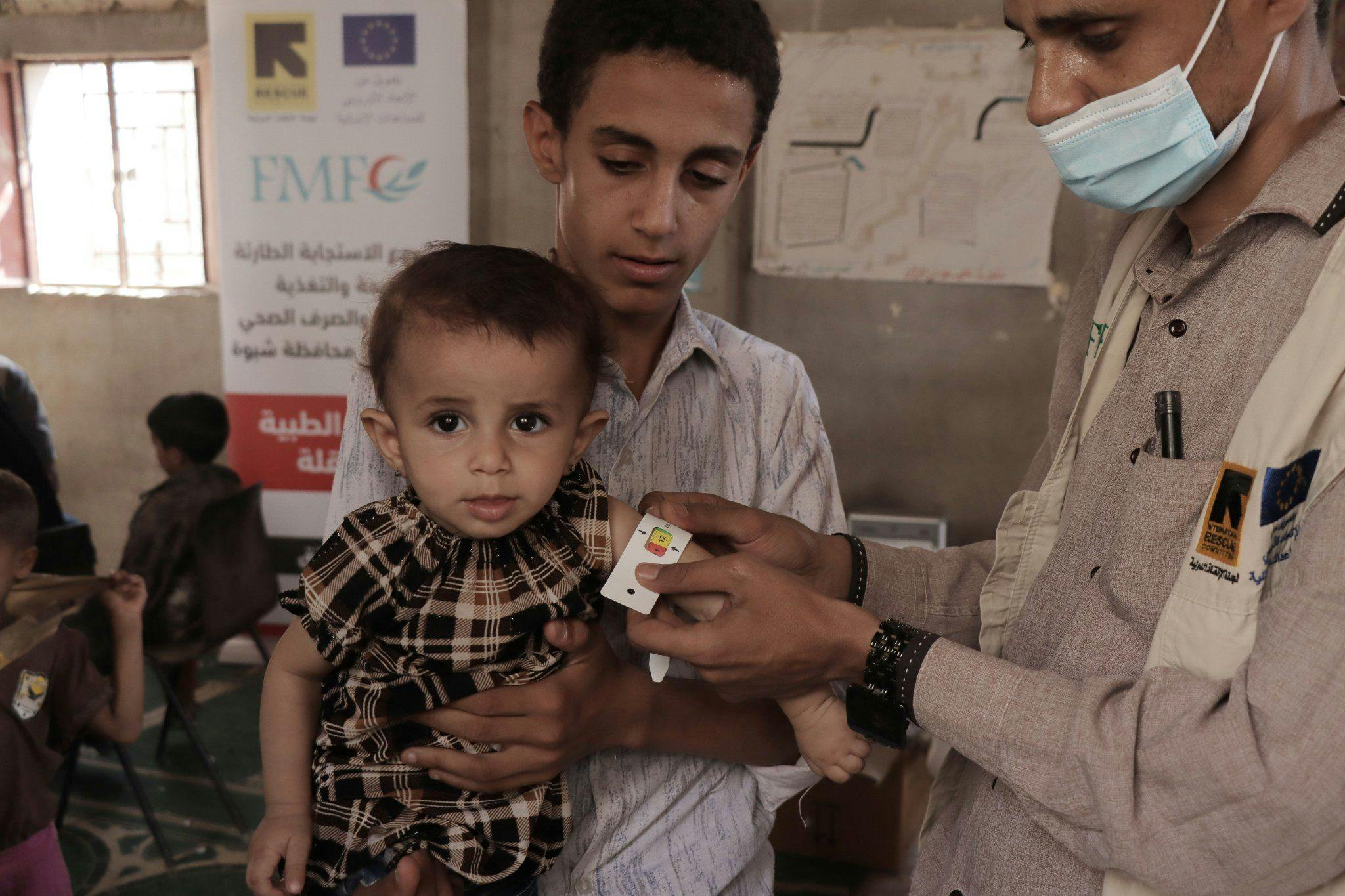International Rescue Committee's Community Management of Acute Malnutrition (CMAM) programs

▲ Photo from Field Medical Foundation and IRC
The International Rescue Committee (IRC) runs highly cost-effective programs to combat global childhood malnutrition. Their evidence-based approach—known as Community Management of Acute Malnutrition (CMAM)—treats malnourished children through community-based interventions, significantly reducing child mortality while improving long-term developmental outcomes.
What problem are they trying to solve?
Malnutrition is one of the most significant threats to child survival and development globally. Approximately 45% of deaths among children under five years are linked to undernutrition 1, with the burden concentrated in low and middle-income countries. In sub-Saharan Africa, over 20% of the population suffers from acute malnutrition 2, with millions of children experiencing Severe Acute Malnutrition (SAM) or Moderate Acute Malnutrition (MAM).
Malnourished children face multiple immediate dangers: their immune systems are compromised, their organ function is impaired, and their risk of death is dramatically increased. Beyond these immediate risks, malnutrition during critical developmental periods can cause lasting cognitive and physical impairments, affecting educational outcomes and future earning potential.
What do they do?
The IRC's CMAM program takes a community-based approach to identifying and treating malnourished children. The process begins with community health workers, or sometimes the mothers themselves, who identify malnourished children by using a simple, color-coded measuring tape to assess a child's mid-upper arm circumference—a reliable indicator of nutritional status.
Children identified with SAM/MAM are screened for medical complications that might require intensive inpatient care, such as malaria. Those with potential complications are referred for inpatient care, while those without complications receive outpatient treatment. Through the CMAM program, the IRC provides malnourished children with nutrient- and calorie-rich foods such as Ready-to-Use Therapeutic Food (RUTF) and Ready-to-Use Supplemental Food (RUSF) 3, as well as antibiotics, deworming treatments, and other treatments as needed. This approach allows children to remain at home while receiving treatment, dramatically increasing accessibility and compliance compared to traditional hospital-based approaches.
Figure 1. Schematic of CMAM programming
Source: Founders Pledge

Why do we recommend them?
CMAM has a strong evidence base—multiple studies have found recovery rates between 53%–82% for children enrolled in CMAM programs.4 While CMAM is used by a number of NGOs, the IRC brings unique advantages as an implementer. As one of the pioneers of the CMAM approach, the IRC has deep technical expertise in malnutrition treatment and continues to conduct research to improve protocols and efficiency. They work in areas with the highest malnutrition burdens, such as Kenya, Chad, Mali, and Ethiopia—including regions like Tigray in Ethiopia, where conflict has prevented other organizations from operating. The IRC’s most cost-effective programs cost approximately $130 per child treated, with each successful treatment representing both lives saved and significant improvements in quality of life and future potential.
When we first evaluated the IRC’s CMAM programs in 2023, we estimated that they still had room for £2.4M of funding, particularly to support CMAM programs in countries such as Kenya and Mali. This funding gap has now grown significantly due to the loss of funding from USAID. Supporting the IRC's CMAM programs represents an opportunity to address one of the most significant and tractable causes of child mortality worldwide.
Notes
-
See WHO’s malnutrition fact sheet. ↩
-
See Our World in Data’s charts on hunger and undernourishment. ↩
-
RUTF is an energy-dense, micronutrient-enriched paste designed for rapid weight gain—often based on peanut butter mixed with dried skimmed milk, vitamins and minerals. RUSF is similar, but has less energy density compared to RUTF, and is designed to prevent previously malnourished individuals from deteriorating into SAM. ↩
-
For instance, Burza et al (2015), Binns et al (2016), Dale et al (2013), Collins (2004). ↩